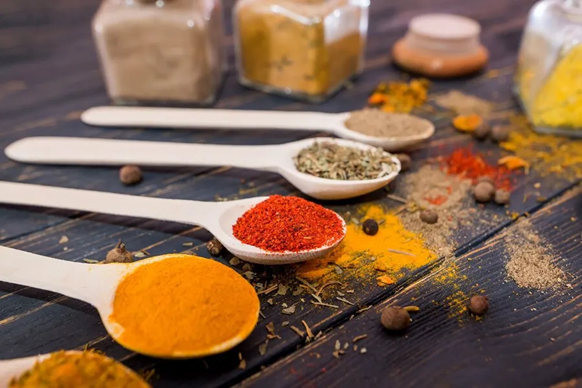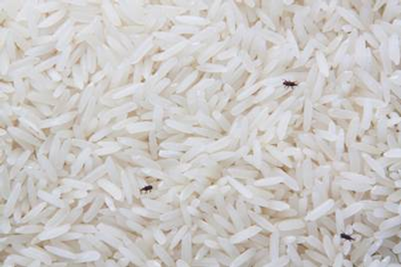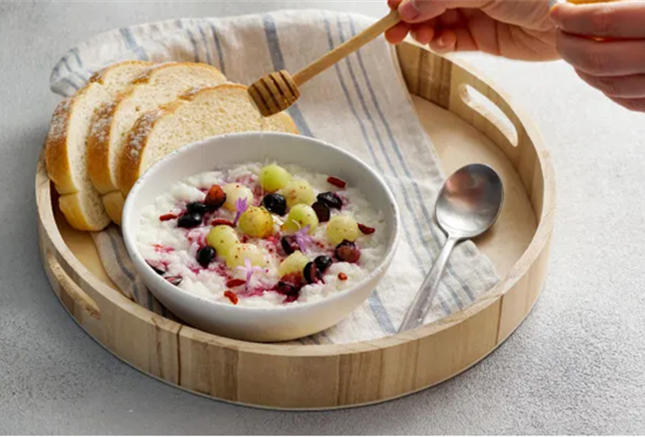Bongkrekic acid is a rare toxin produced by the bacterium Burkholderia gladioli parthovar cocovenans (B. cocovenenans). While it may be a food safety hazard, there are steps consumers can take to minimise our exposure and risk.
What is Bongkrekic acid and how does it end up in food?
During the production of fermented corn and coconut-based products, contamination of the bacterium B. cocovenenans may occur. This bacterium thrives in food that is rich in fatty acids, particularly those found in coconut and corn, and in environments with temperatures between 22 to 33 degrees Celsius and a neutral pH. Under such conditions, B. cocovenenans tend to proliferate rapidly, producing Bongkrekic acid in high amounts. Bongkrekic acid is typically found in Tempeh Bongkrek, a coconut-based fermented product that is popular in Southeast Asia – this is how the toxin got its name.
Besides fermented coconut and corn based products, B. cocovenenans may also be found in snow fungus and black fungus.
What are the effects of Bongkrekic Acid on human health?
Bongkrekic acid affects the liver, brain and kidneys, causing symptoms including lack of energy, dizziness, drowsiness, abdominal pain, vomiting etc. In severe cases, consuming food contaminated with Bongkrekic acid can be life threatening.
What is SFA doing to reduce food safety risks from Bongkrekic Acid?
SFA takes a science and risk-based approach to ensure food safety. Food products are subjected to our food safety surveillance programme, which includes inspection, sampling and testing. Food that is found to be non-compliant with our food safety standards will not be allowed for sale.
What can we do as consumers to safeguard ourselves?
Bongkrekic acid cannot be destroyed by washing or cooking. Hence prevention is key. Here are some ways we can reduce our exposure:
Avoid fermenting corn or coconut milk/pulp products at home as dedicated facilities and/or processes under strict hygiene practices are required to mitigate the risk of Bongkrekic acid contamination.
If you wish to ferment corn or coconut products, ensure the mixture is acidic by adding acids such as lemon juice, vinegar or lactic acid. This will favour the correct microorganism to grow and decrease the chances of toxin formation.
Avoid consuming Tempeh Bongkrek and other foods associated with Bongkrekic acid when unsure of its source or safety.
If it is necessary to soak snow fungus or black fungus or overnight, do so in the refrigerator to minimise bacteria from growing.
Practice good hygiene measures when fermenting food, such as sterilising all food contact surfaces, to prevent undesirable contamination of food with bacteria.
About the Author
Herman Teo is a Senior Scientist from the Risk Assessment and Communications Department of the National Centre for Food Science. With a Masters in Food Science and Human Nutrition from the National University of Singapore, his recent work includes the regulatory framework for insects for food and feed, and examining emerging food processing risks.



